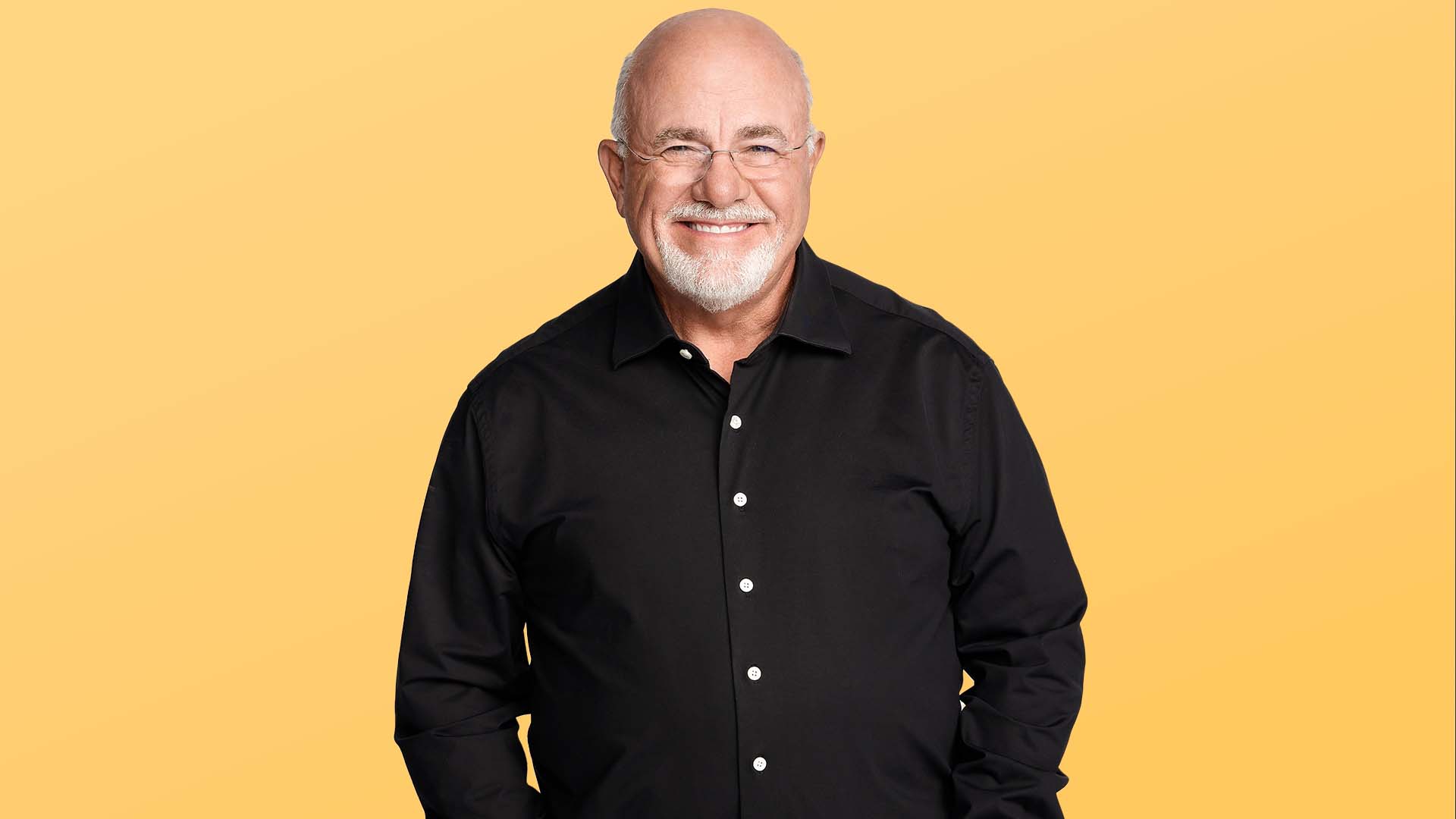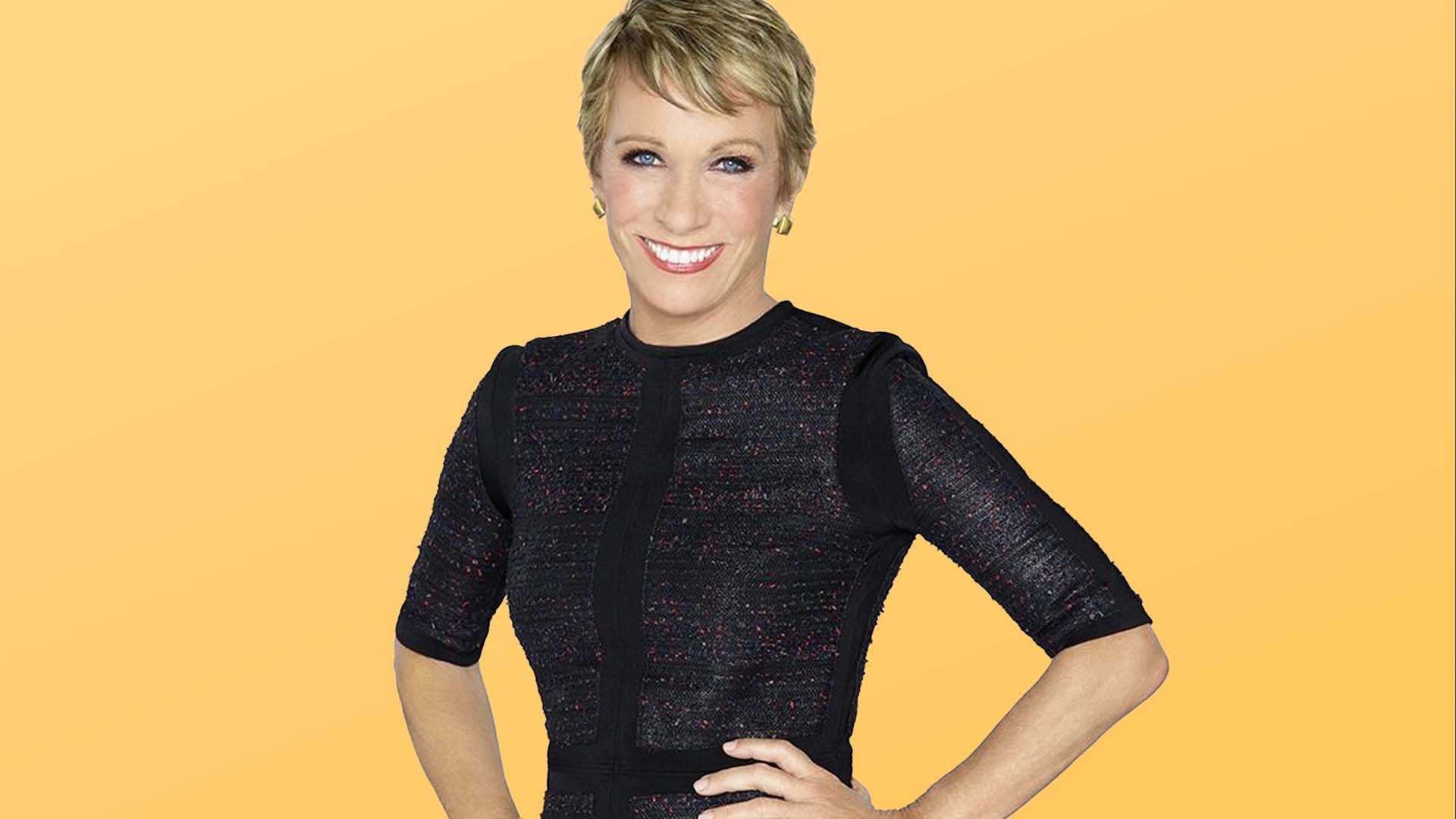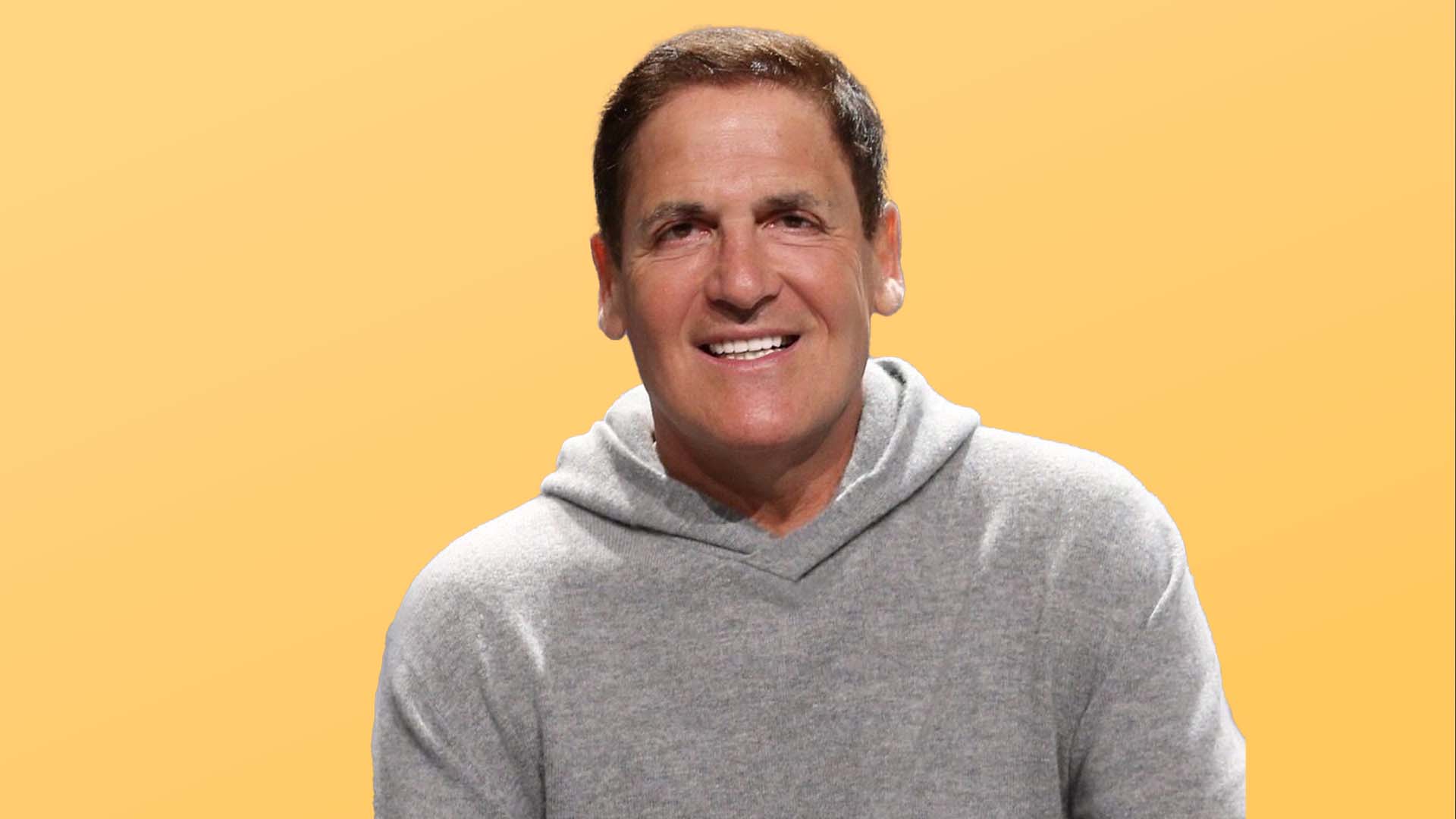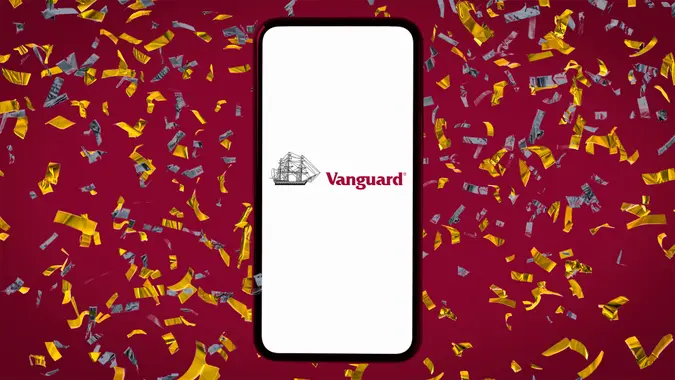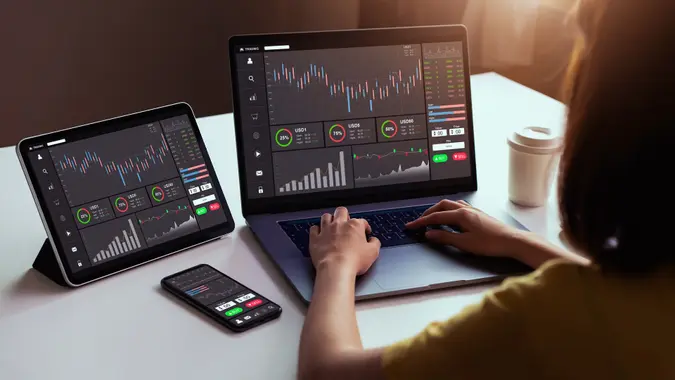4 Reasons This ‘Safe Investment’ Isn’t Always a Good Bet, According to an Expert

Commitment to Our Readers
GOBankingRates' editorial team is committed to bringing you unbiased reviews and information. We use data-driven methodologies to evaluate financial products and services - our reviews and ratings are not influenced by advertisers. You can read more about our editorial guidelines and our products and services review methodology.

20 Years
Helping You Live Richer

Reviewed
by Experts

Trusted by
Millions of Readers
ETFs — or exchange-traded funds — have exploded in popularity, but many everyday investors still don’t fully understand how they work or the risks involved.
Noah Hamman, founder and CEO of AdvisorShares, spoke to GOBankingRates as part of our Top 100 Money Experts series to share his expertise. He broke down what makes ETFs appealing, how to choose the right kind and what to watch out for when investing.
ETFs Offer Diversification, Flexibility and Cost Efficiency
So what is an ETF, exactly? In a nutshell, “An ETF is a pooled investment vehicle — basically a mutual fund that trades on an exchange like a stock,” Hamman said.
Their appeal comes from low-cost, diversified access for investors at nearly any income level. “Historically, ETFs have given smaller investors a cost-effective way to build diversified portfolios through both index-based and actively managed strategies,” Hamman noted.
However, not all ETFs are created equal — and understanding the difference, especially between index and active ETFs, is key to making informed decisions.
“An ETF is the next evolution of the mutual fund — but much easier to buy and sell in a brokerage account,” Hamman said. ETFs also offer more control than traditional mutual funds, including the ability to place limit orders and buy or sell intraday like stocks.
More recently, you can trade ETFs without paying a trading fee or commission (formerly about $5 to $10 per trade). This makes them cheaper and easier to buy, and in smaller amounts, without worrying about losing money to fees.
Different ETFs Carry Different Risks
Understanding risk begins with understanding the different types of ETFs. Index (passive) ETFs track a specific market index and are known for their low cost and transparency. Active ETFs, by contrast, are professionally managed with the goal of outperforming the market.
“With index ETFs, you have to decide when and how to manage risk yourself. If you trust an active manager’s approach and experience, you may feel more confident in their ability to outperform,” Hamman said.
One way to look at the difference is to compare driving yourself versus hiring a driver. Index ETFs require investors to take the wheel; active ETFs offer professional guidance, which some investors may find helpful, especially in volatile markets.
Diversification Doesn’t Eliminate Risk
However, as with any investment product, ETFs do carry a certain level of risk. It would be a mistake to assume that diversified equals safe.
“You can lose money in any ETF. The ETF you choose needs to match your comfort level with that risk,” Hamman advised. “A good rule of thumb is: whatever you think an investment can return positively is also what it could return negatively.”
Even diversified investments can decline if the market or specific sectors perform poorly. That’s why it’s important to understand not just the potential for gains but also the risks involved.
“Active ETFs can benefit you because portfolio managers can adjust holdings and exposures to navigate risks and changing market environments,” he added.
It’s a good idea to work with a financial advisor or professional to help you determine your personal risk tolerance and how different ETFs might fit your investment goals.
Choosing the Right ETF Type for You
Choosing between active and passive ETFs “depends more on your risk tolerance and experience level,” Hamman said. If you’re more experienced and comfortable managing your own investments and seeking low costs, index ETFs may be a good fit.
But don’t expect index ETFs to remove underperforming companies, Hammon shared. “They are required to track the index,” regardless of individual company performance.
By contrast, active ETFs offer more flexibility — and potentially better returns — if the manager succeeds in outperforming the benchmark.
“If you have confidence in the portfolio manager’s ability, an active ETF can present a way to ‘hire’ an experienced professional investor to seek better overall and risk-adjusted returns,” Hamman said.
Invest With Clear Vision
ETFs are a flexible, accessible tool, but you need to be clear on the risks you’re assuming.
“Ultimately,” Hamman said, “investors like ETFs for their ease of use and access to unique investment strategies and talented investment managers.”
Just know what you’re getting into and understand that with investing, any potential gain also comes with the risk of loss.
This article is part of GOBankingRates’ Top 100 Money Experts series, where we spotlight expert answers to the biggest financial questions Americans are asking. Have a question of your own? Share it on our hub — and you’ll be entered for a chance to win $500.
 Written by
Written by  Edited by
Edited by  Money Expert
Money Expert 









































































